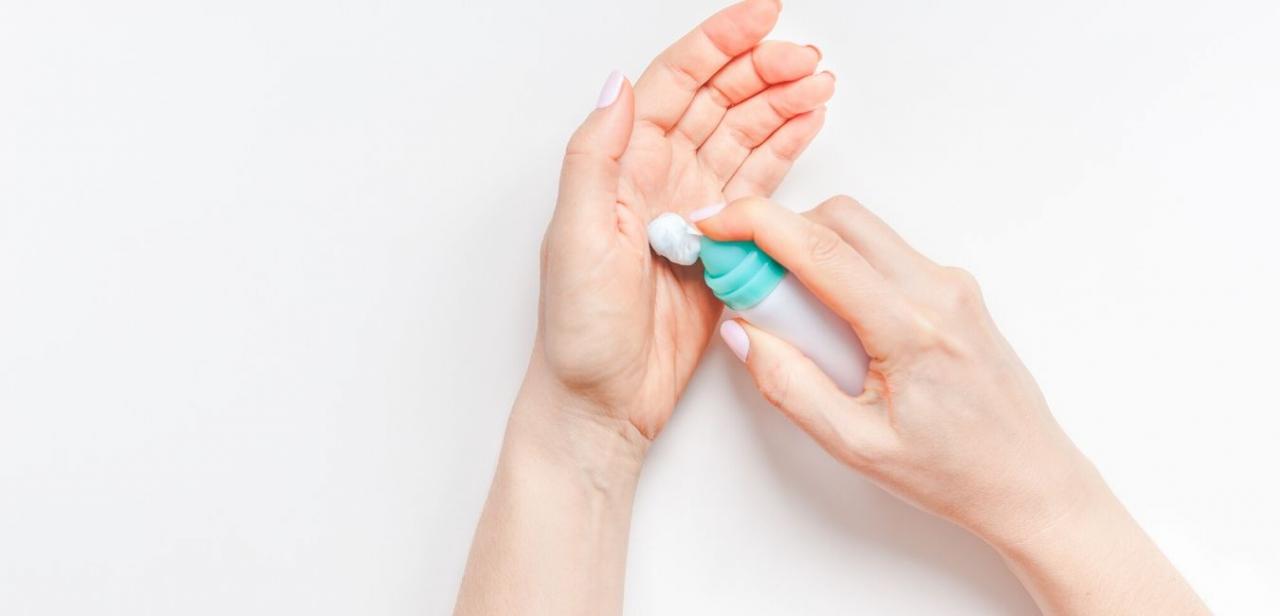 Lev Dolgachov/PhotoSpin
Lev Dolgachov/PhotoSpin
Shopping nowadays can be a bit overwhelming. Seems like every product claims to be “Eco” or “natural,” or is plastered with pictures of leaves, trees and the sage green color suggesting that it is good for the environment.
But is it? Does a leaf design on a canister really mean it is eco-friendly? Are you honestly saving Mother Earth and protecting your family from toxins because a label saying a product is “healthy” is stuck on it?
Here are some tips to look for when you're in the stores.
1) Don’t get lost in the pretty pictures and soothing colors.
There are various definitions out there which can make things confusing.
"Eco-friendly" basically boils down to being something that does not harm our environment or humans, and is non-toxic. Some companies take it further, saying their product is biodegradable, made from sustainable resources, is organic, and does not deplete our natural resources.
Keep this in mind, there are several companies out there claiming to be healthy or non-toxic in their home, food, and skin care products. It is your job as the consumer to understand what you are buying and read labels. Just because the bottle is green does not mean it is “green."
2) Do some research.
The Environmental Working Group is a popular resource that lists foods, chemicals and pesticides that you probably do not want in your home or on your body. This does not mean ALL chemicals or ALL non-organic foods are bad but there are definitely some that are worse than others.
For example, it is generally understood that fruits with thin skins should probably be organic as herbicides and pesticides can absorbed into the fruit, and then get into your body. Those fruit with peels are generally considered safer as the peel protects us from those chemicals. Chemicals such as formaldehyde, triclosan and polyethylene glycol should generally be limited.
As an example, the Centers for Disease Control and Prevention did a study of 2,517 children and adults and found that 75 percent had triclosan in their urine. Triclosan is known as an endocrine-disrupting chemical and has been potentially linked to certain cancers, liver tumors and mammary gland development in research.
3) Every little bit counts.
Moving towards a more natural, eco-friendly household can be confusing and overwhelming. Remember that the goal is to improve the health of yourself, your family, and the environment. Start with what you eat and choose meats and dairy products that are organic, or do not use antibiotics. Remember that non-organic fruit with peels are okay.
Look for plastic bottles and containers that are BPA-free. Do not reheat plastic in the microwave.
Then evaluate your skin care products including shampoo, toothpaste and makeup. Work on switching to options without triclosan or sodium laurel sulfate.
See if the companies that make your cleaning products make a more natural version, or look it up on Environmental Working Group. Even our familiar tried-and-true cleaning products have healthier options. And remember, not all “eco” looking logos mean a product is environmentally friendly.
You and your family can be on the eco-friendly path with just a few simple steps and a little bit of research. In the end, it will be better for your health, and the health of your environment.
Sources:
1) Centers for Disease Control and Prevention. Factsheet Triclosan.
http://www.cdc.gov/biomonitoring/Triclosan_FactSheet.html
2) Environmental Working Group. (2015). Main site.
http://www.ewg.org
3) Kim, S., Hwang, K., Shim, S., and Choi, K. (2015). Growth and migration of LNCaP prostate cancer cells are promoted by triclosan and benzophenone-1 via an androgen receptor signaling pathway.
http://www.ncbi.nlm.nih.gov/pubmed/25682003
4) Manservisi F, Gopalakrishnan K, Tibaldi E, Hysi A, Iezzi M, Lambertini L, Teitelbaum S, Chen J, Belpoggi F. (2014). Effect of maternal exposure to endocrine disrupting chemicals on reproduction and mammary gland development in female Sprague-Dawley rats.
http://www.ncbi.nlm.nih.gov/pubmed/25554385
5) Yueh MF., Taniguchi K., Chen S., Evans RM., Hammock BD., Karin M., and Tukey RH. (2014) The commonly used antimicrobial additive triclosan is a liver tumor. Promoter.
http://www.ncbi.nlm.nih.gov/pubmed/25404284
Reviewed April 22, 2015
by Michele Blacksberg RN
Edited by Jody Smith





Add a CommentComments
There are no comments yet. Be the first one and get the conversation started!